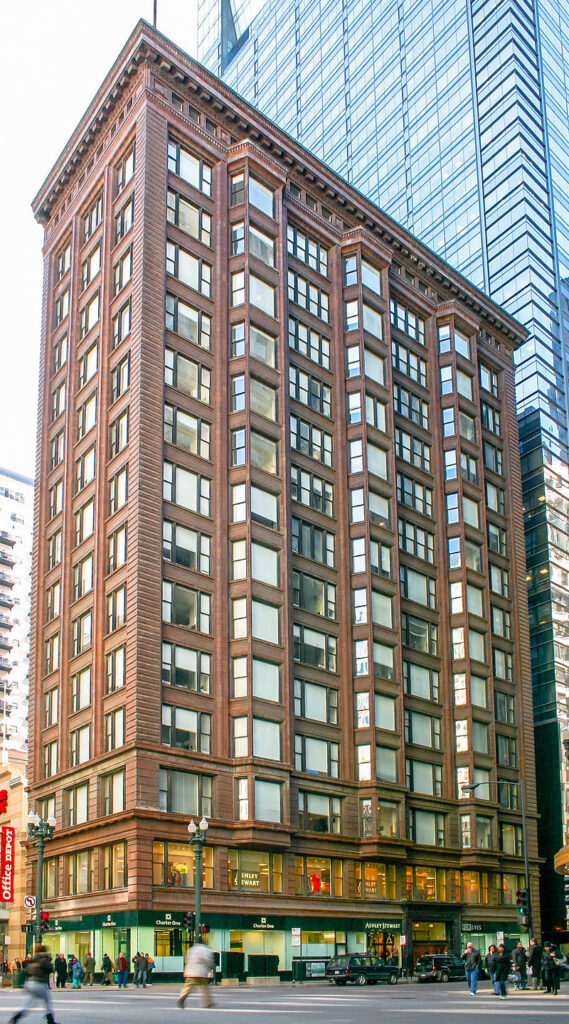c) Chicago School
The Chicago School was an innovative American architectural style that emerged in the late 19th century, characterized by steel-frame structures and ornamental design. Pioneers of this movement, such as Louis Sullivan and Dankmar Adler, focused on creating tall buildings, later known as skyscrapers, using steel skeletons. This method allowed for large windows and open interiors, revolutionizing urban architecture. The Chicago School’s emphasis on function and simplicity laid the groundwork for modern architecture. Their buildings, including the iconic Home Insurance Building, are celebrated for combining practicality with aesthetic appeal, significantly influencing the development of architecture in cities around the world.
